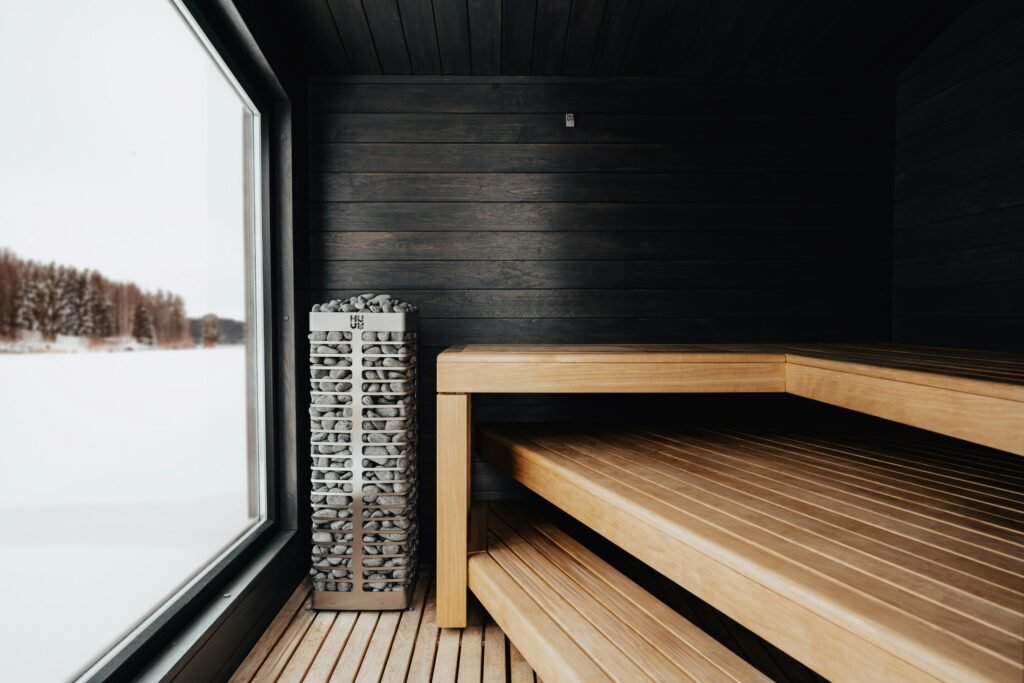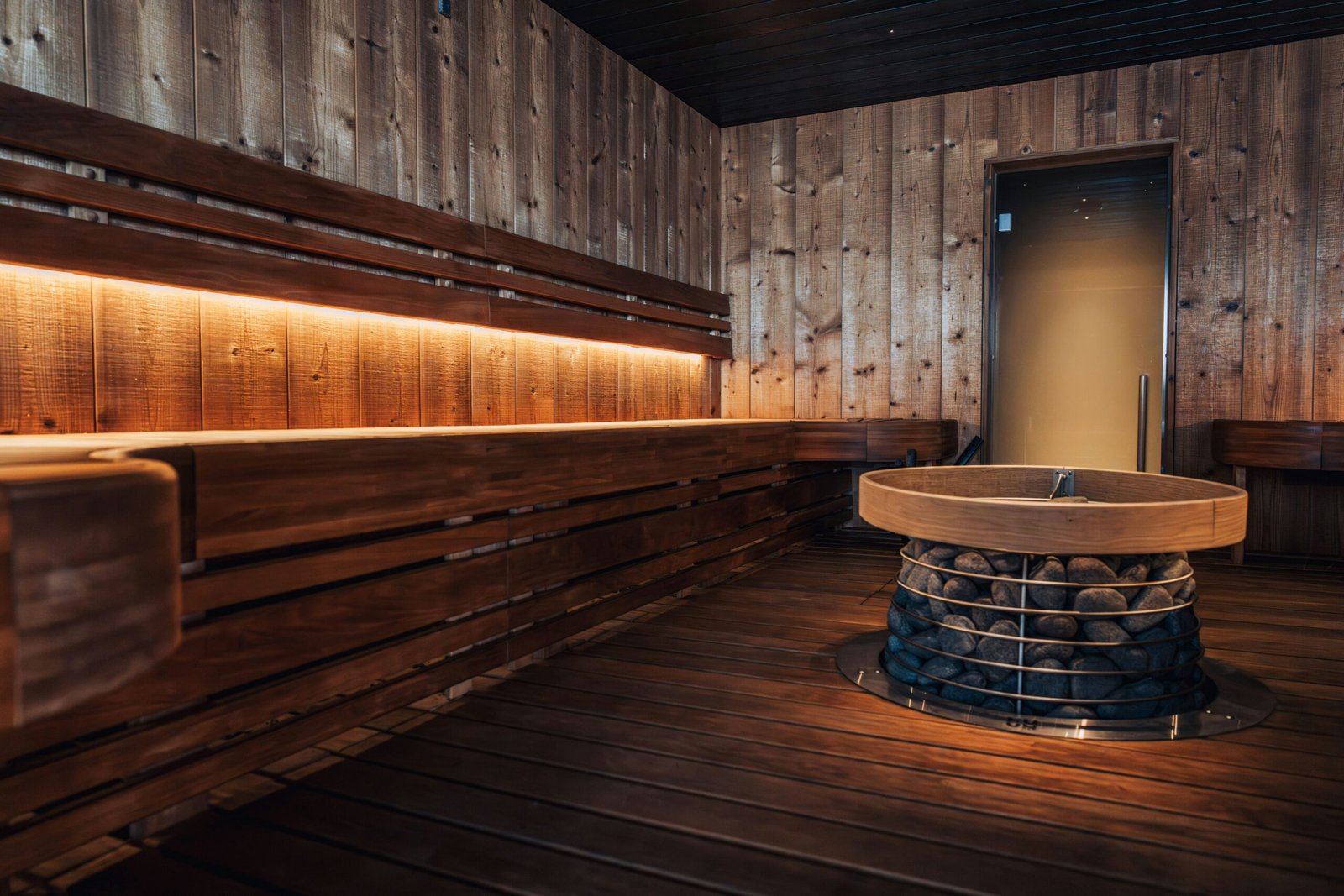Thinking about taking on a DIY installation project? In this article, we’ll explore the pros and cons of tackling home improvement tasks on your own versus seeking professional help. From saving money and feeling a sense of accomplishment to potential risks and pitfalls, we’ll weigh the factors to help you make an informed decision. Whether you’re a seasoned DIY enthusiast or a novice looking to learn, we’ll break down the benefits and drawbacks of going the do-it-yourself route. Have you ever considered taking on a do-it-yourself (DIY) installation project but hesitated because you weren’t sure if you could handle it? Whether you’re thinking about installing a new light fixture, laying down new flooring, or even building a piece of furniture, the idea of saving money and taking pride in a job well done can be attractive. But before you dive in, it’s important to weigh the pros and cons of DIY installation. In this article, we’ll explore the benefits and drawbacks of tackling home improvement projects on your own versus seeking professional help.

This image is property of images.unsplash.com.
Pros of DIY Installation
When it comes to taking on DIY installation projects, there are several advantages that may motivate you to roll up your sleeves and get to work. Here are some of the key benefits of opting for a DIY approach:
Cost Savings
One of the most significant advantages of DIY installation is the potential cost savings. By handling a project yourself, you can avoid labor costs associated with hiring a professional. Additionally, you have the freedom to shop around for the best deals on materials and tools, allowing you to stick to a budget that works for you.
Sense of Accomplishment
Completing a DIY installation project can be incredibly rewarding. There’s a sense of satisfaction that comes from tackling a task on your own and seeing the finished product. Whether it’s a small project like hanging shelves or a larger undertaking like installing a new kitchen backsplash, the pride of knowing you did it yourself can be a powerful motivator.
Flexibility and Control
When you take on a DIY installation project, you have complete control over every aspect of the process. You can choose the materials, colors, and design elements that best suit your preferences, and you have the flexibility to work on your own schedule. This level of autonomy can lead to a more personalized result that reflects your unique style and vision.
Learning Experience
DIY installation projects can also be valuable learning experiences. Whether you’re a seasoned DIY enthusiast or a complete beginner, each project presents an opportunity to gain new skills and knowledge. You can learn how to use tools and materials safely, problem-solve when challenges arise, and develop a greater understanding of the work that goes into home improvement projects.
Cons of DIY Installation
While there are many benefits to taking on DIY installation projects, there are also some drawbacks to consider. Before you decide to tackle a project yourself, it’s important to be aware of the potential challenges you may face:
Time and Effort
DIY installation projects can be time-consuming and labor-intensive. Depending on the scope of the project, you may need to dedicate several hours or even days to complete the work. If you have a busy schedule or limited free time, this commitment can be a significant drawback.
Risk of Errors
Without the expertise and experience of a professional, there is a higher risk of making mistakes during a DIY installation. Errors can lead to costly repairs or replacements down the line, undoing the cost savings that initially motivated you to take on the project yourself. Additionally, mistakes can be time-consuming to correct, adding to the overall time and effort required.
Safety Concerns
Safety is a crucial consideration when it comes to DIY installation. Working with power tools, sharp objects, or heavy materials can pose risks if proper precautions are not taken. Without the training and knowledge of a professional, you may be more prone to accidents or injuries. It’s important to prioritize safety by wearing protective gear, following safety guidelines, and knowing your limits.
Limited Warranty and Guarantees
Another drawback of DIY installation is the lack of warranties and guarantees that come with professional services. When you hire a professional, you often receive warranties on labor and materials, ensuring that any issues that arise will be addressed at no additional cost. With a DIY project, you may not have the same level of protection, and you could be responsible for any repairs or replacements that are needed.

This image is property of images.unsplash.com.
DIY Installation vs. Professional Help
After weighing the pros and cons of DIY installation, you may still be unsure whether to tackle a project yourself or seek professional help. To help you make an informed decision, let’s compare and contrast the two options:
| Aspect | DIY Installation | Professional Help |
|---|---|---|
| Cost | Generally less expensive due to no labor costs | Can be more costly upfront but may offer warranties and guarantees |
| Time | Requires a significant time commitment | Typically completed more quickly by experienced professionals |
| Quality | Quality of work may vary based on skill level | Professional expertise and experience can result in higher quality work |
| Safety | Higher risk of accidents or injuries without professional training | Professionals prioritize safety and adhere to industry standards |
| Convenience | Requires sourcing materials, tools, and information on your own | Professionals provide a streamlined process and handle all aspects of the project |
| Satisfaction | Sense of accomplishment and personalization | Peace of mind knowing the project is being handled by experts |
Ultimately, the decision to pursue DIY installation or seek professional help will depend on your individual preferences, skills, and circumstances. If you enjoy hands-on projects, have the time and resources to dedicate to a DIY installation, and are comfortable with the level of risk involved, taking on a project yourself can be a fulfilling and cost-effective option. On the other hand, if you value efficiency, quality, and peace of mind, enlisting the help of a professional may be the best choice for you.
In conclusion, whether you choose DIY installation or professional help, the key to success is thorough research, careful planning, and a realistic assessment of your abilities. By weighing the pros and cons of each approach and making an informed decision, you can ensure that your home improvement projects are completed to your satisfaction. So, whether you’re installing a new light fixture, laying down new flooring, or tackling a DIY project of any kind, remember to consider all your options and choose the approach that works best for you. Happy DIY-ing!



